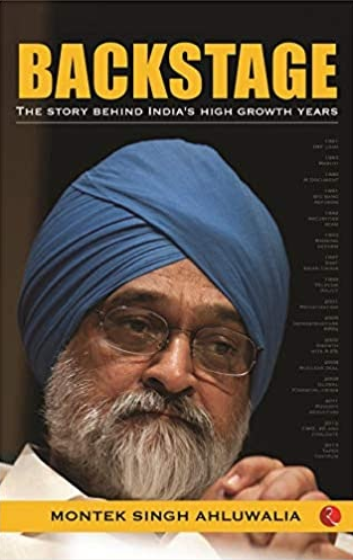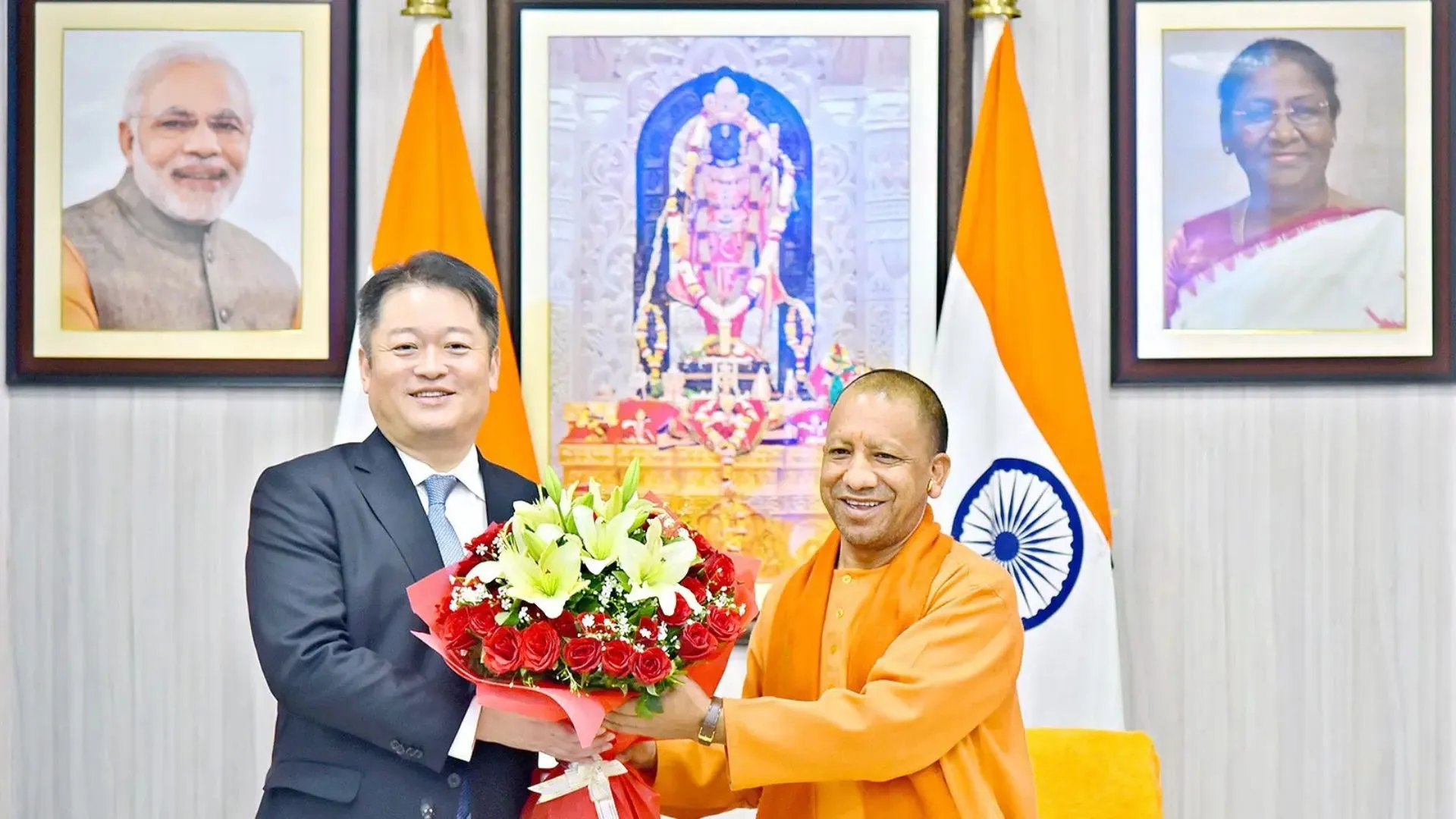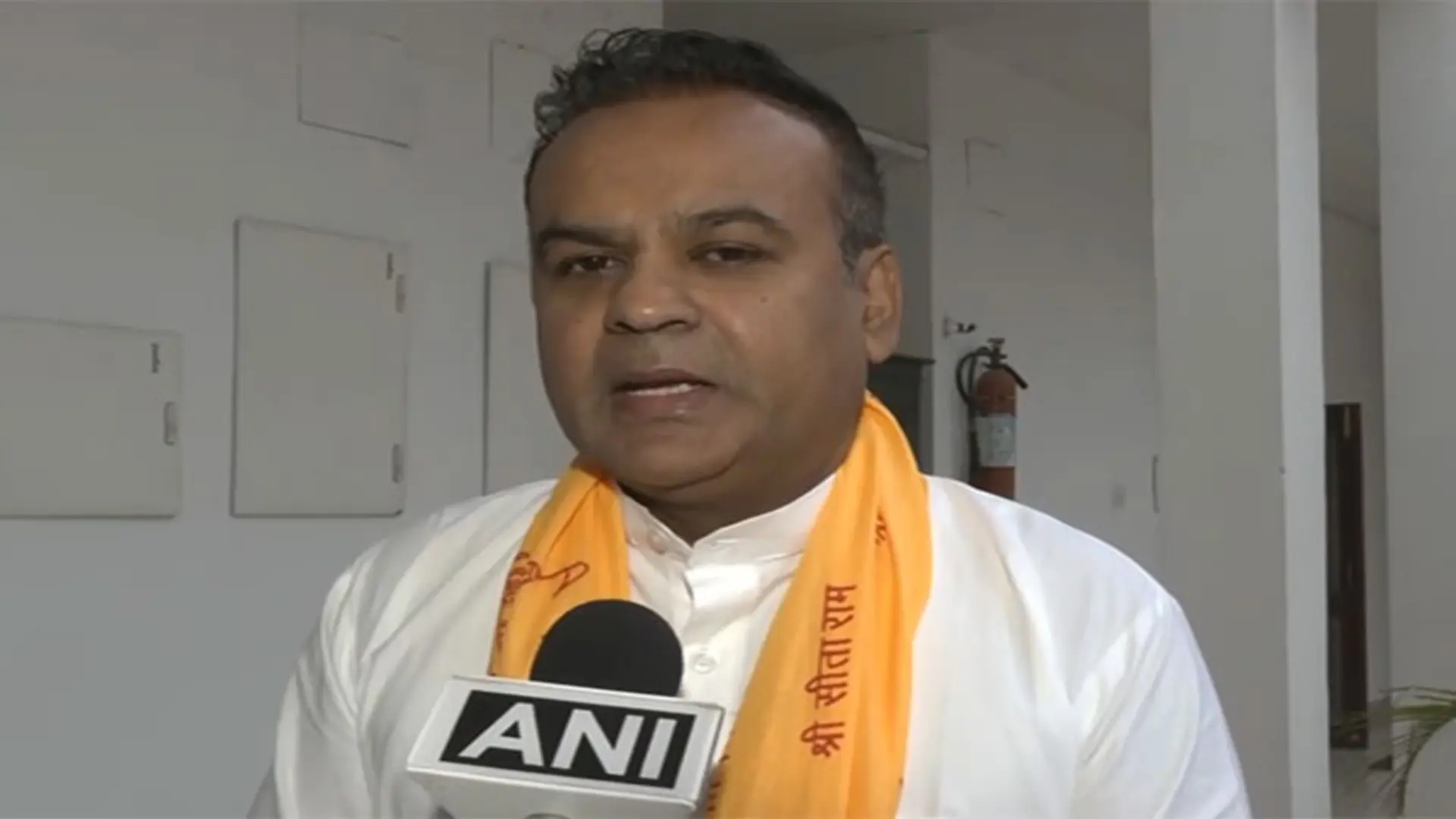
India’s High Growth Years
Montek Singh Ahluwalia
Rupa, Rs 595
It is ironic, and yet perhaps appropriate, that we should be reviewing a book on the reforms experience by a key insider, at a time when the economy is rapidly unravelling and recently we witnessed millions of poor, vulnerable workers taking to the streets — voting with their feet, as it were, against the economic management of the Covid-19 pandemic.
The opening sentence of Backstage: The Story Behind India’s High Growth Years cautions the reader that it is not a memoir. The author, Montek Singh Ahluwalia, a co-traveller of Dr Manmohan Singh — unarguably the prime player who ushered in economic reforms in the country — prefers to call his work a “travelogue of India’s journey of economic reforms”.
To his credit, he has made a great effort to ensure that while describing this journey, he almost never puts himself in the middle of events or momentous decisions. He offers an account as dispassionately as possible. This is actually remarkable for a person who was part of the main decision-making team for over three decades, except for the brief period when he returned to the IMF during the NDA’s years under Atal Bihari Vajpayee.
This is certainly an insider’s account. He joined the Indian economic establishment in 1979 (when he was selected through UPSC as Economic Advisor in the Finance Ministry) and soon reached a position of eminence when inducted as Additional Secretary in Rajiv Gandhi’s PMO in 1985. Despite this experience, he does not allow his subjective perceptions to get the better of him. On the contrary, he seems to have made a conscious effort to write as a researcher and an observer. This is remarkable, as we are aware that he was deeply involved in the process of shaping economic policies; even the reticent Manmohan Singh has publicly acknowledged it.
Trying to look in on his life from the outside, Ahluwalia recalls how his maiden consequential job in the World Bank (as the first chief of Income Distribution Division) was “originally offered to Arun Shourie but he was keen to go back to India where he was to distinguish himself as editor of Indian Express”. He is candid enough to admit that during his initial years in the Finance Ministry, he felt a little depressed on encountering the unstated caste division between the IAS and the Indian Economic Service (IES).
However, he found a way to put forth his views by first introducing the idea as a suggestion and subsequently referring to it as one that had jointly evolved in the discussion. So obviously, he learnt the basic civil service mantra of giving (even undue) credit to the seniors and colleagues for smooth sailing.
Without being loud or persuasive, Ahluwalia gently steers the reader through the reform process and its “inevitability”. He writes with a touch of pride that “today, with the benefit of broad consensus on economic reforms and policy (even if views vary on implementation and momentum), it is easy to forget that this was all highly contested when I joined the government in 1979”. This book is a chronicle of events that put the country on the path of economic reforms actually from the time of Indira Gandhi’s second innings in the early eighties, followed up (with numerous ups and downs) in Rajiv Gandhi’s time and even during the short stint of V.P. Singh before it all culminated to the famous turning point in 1991 when Manmohan Singh was brought in by P.V. Narasimha Rao to put the economy on an hitherto uncharted path.
The book almost handholds the reader through the journey of reforms in India while simultaneously arguing for the dire need of the economic reforms. The author gently builds up the case for reforms and makes a valiant effort to allay the fears or remove apprehensions that these reforms were at the behest of powerful financial agencies (IMF/World Bank) or any other foreign power.
Montek doesn’t shy of dealing with the question as to how the credit for the reforms should be apportioned between Narasimha Rao and Manmohan Singh. While stating that Rao deserves full credit for choosing Manmohan Singh because of his acknowledged expertise to manage the economy and backing him throughout, he adds for good measure, “Rao’s claim to be the real father of India’s economic reforms would have been unassailable if he had led from the front and pushed the Congress party and the public to think afresh on the policies needed to meet contemporary challenges. This he did not do.”
He was right as he writes elsewhere that the Congress never positioned itself to take credit for the far-reaching economic reforms that were carried out and went into the elections (in 1996) somewhat directionless. Thus without saying explicitly, Montek tends to give more credit to Manmohan Singh than the Congress leadership, as he also writes, “We owe it to Dr Singh’s clarity in advocating the reforms and delivering their positive results in a manner that the process could continue as it did through succeeding governments.”
He seems to be somewhat impressed with Manmohan Singh’s political skills, to which many would not readily agree. But Montek has his reasons. “At critical points, the PM had to mobilise political support from outside the party, such as from Dr Kalam who spoke to Mulayam to support the government” after the conclusion of the nuclear deal with the US when the Left had withdrawn support from his government. “The PM was able to navigate the choppy political waters with skill and patience and keep his party on board”, he gushes.
The youngsters, born after the early nineties, would not even know the kind of scepticism that existed against the reforms during those days. Not that all the scepticism has evaporated, but now there is perhaps more informed debate than what we witnessed in the early 1990s. The critics of reforms will now concede that millions of people were brought out of extreme poverty conditions for which the credit could be given to the high growth rate achieved till 2015.
On the other hand, those in favour of reforms will have to find answers for several questions like mounting unemployment, increasing inequalities, large-scale displacement of tribals from forestlands and deteriorating condition of unorganised sector workers.
Perhaps, the major weakness of this book is that it only cursorily mentions these issues and seems to say that the panacea for every problem is “reforms and more reforms”. There are, of course, chapters on inclusive growth and poverty-alleviation programmes but the core content is on the success of the reforms programme which “enabled the country to pull 138 million people above poverty and which was hailed internationally as a major achievement in inclusiveness.”
However, the book fails to tell us as to why the quarter century of reforms could not do anything remarkable in the area of health, education or unorganised sector. If anything, the health sector is gradually being handed over to private sector and insurance companies from the time of UPA-II, and the process has continued with the same zeal during the NDA rule. It would be a welcome change if the current situation emerging out of Covid-19 pandemic forces a rethink and the health sector gets the state support it deserves.
That said, it is a well-structured book. If we put aside ideological issues for a moment, it tries to cover every aspect of Indian economy. What could not be covered in the regular chapters, the author assimilates in the Epilogue which is rather long (about 40 odd pages) and gives his views on a plethora subjects including his assessment of the current NDA government.
The reviewer retired from a senior position in the Press Information Bureau and currently runs a website, www.raagdelhi.com, on contemporary society, art and culture.













